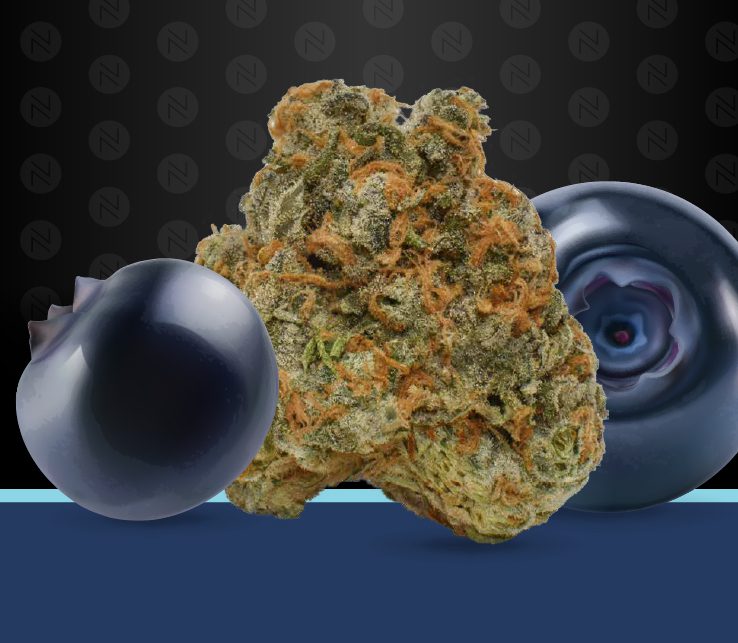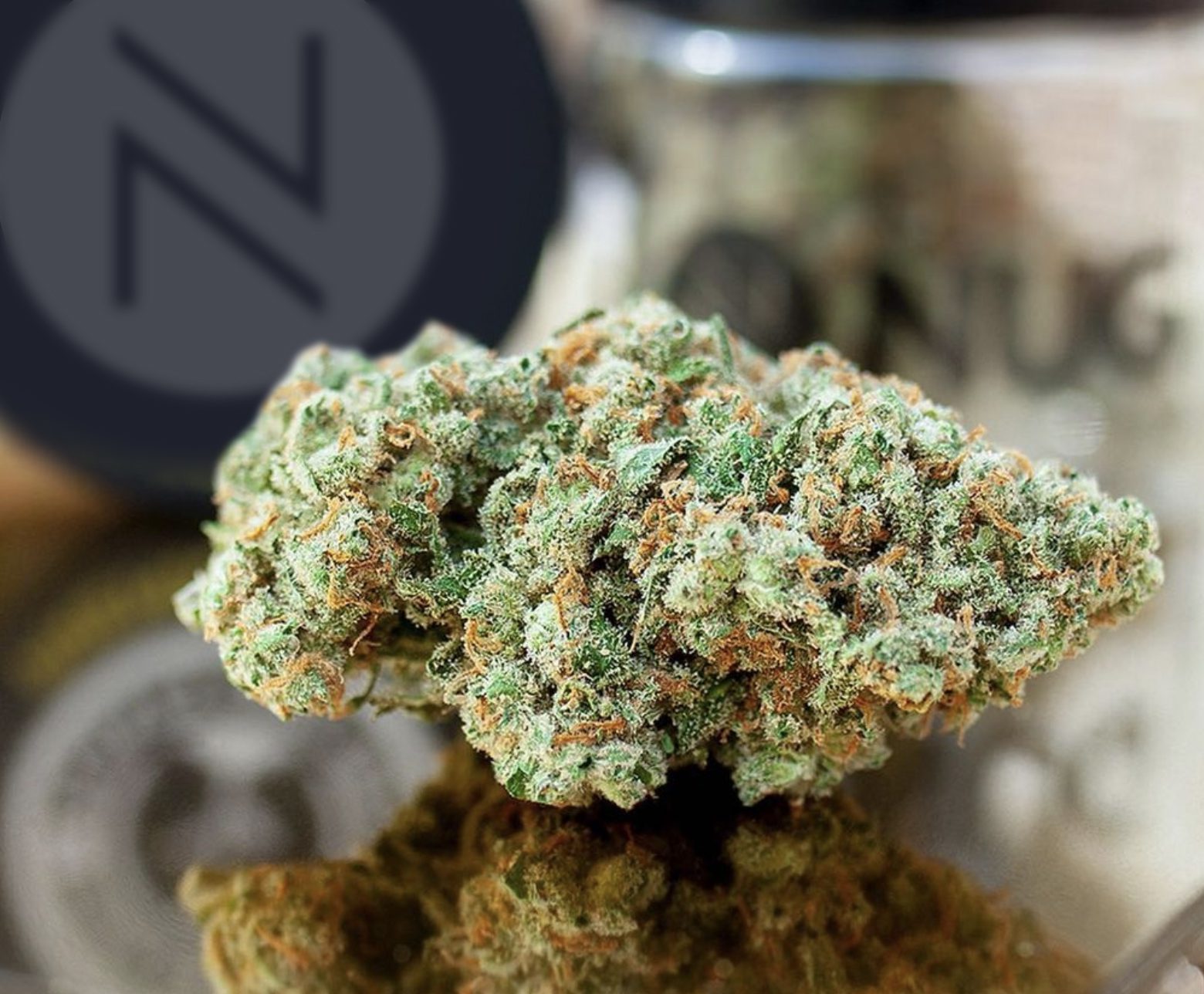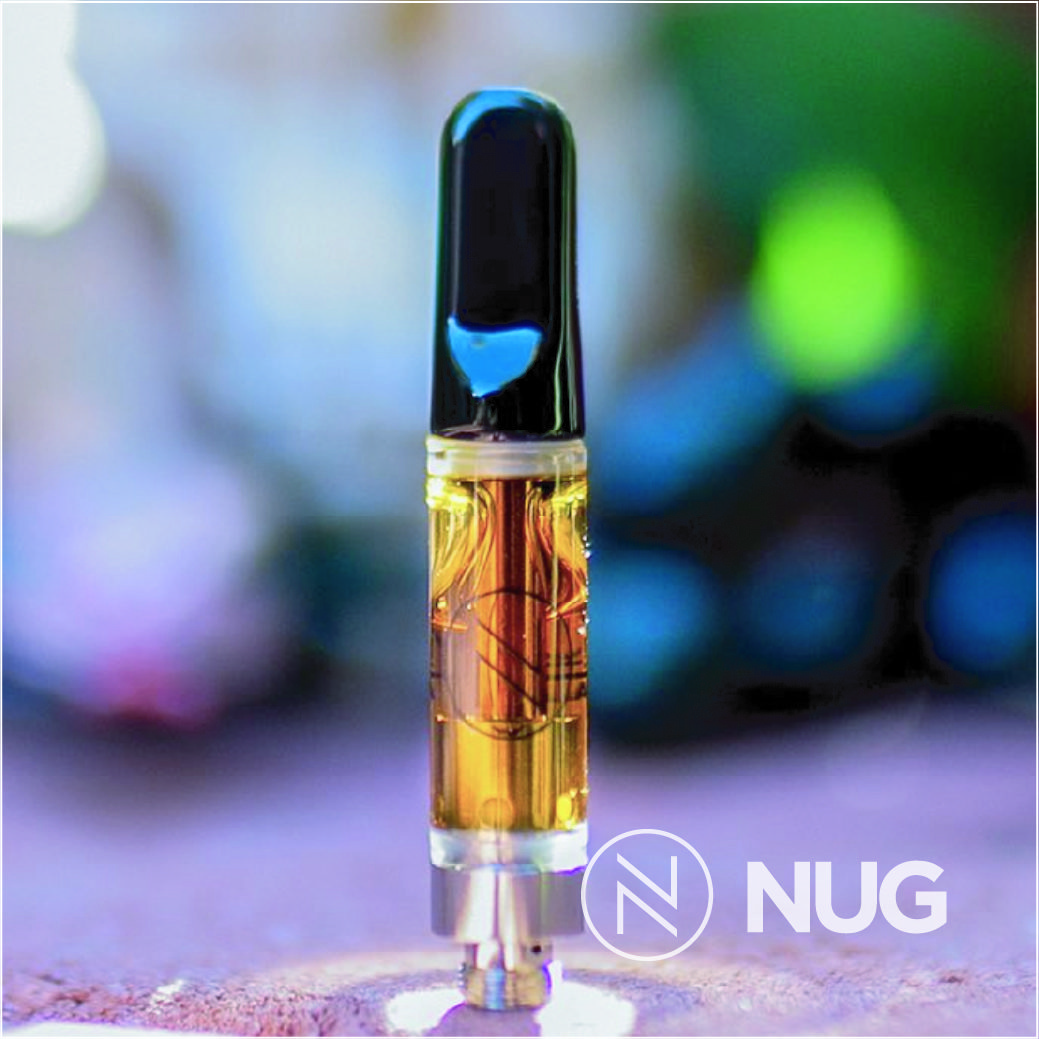One of the first things one learns when getting into the wonderful world of Cannabis are the three types of strains: Sativa, Indica, and Hybrid. The next thing they might want to learn would not only be how they differ from each other, but how does each respective strain make you feel when smoked? Speaking for myself, the first type of strain that made me understand how much I enjoyed smoking weed was the Sativa strain. I was in my early 20’s as a full time DJ/Producer making music from am to pm, and needed something that helped me think outside the box. Locking myself in a studio trying to crank out music definitely sucked the enjoyment out of creating, but I found that smoking on Sativa brought new life into my creative process. After adjusting to feeling comfortable being high, it was like I got to put on a new pair of ears to listen with. One particular Sativa strain helped me gain a new perspective in the studio and provides an uplifting, euphoric feeling I still enjoy to this day. However, enough about me, I’m here to help you understand more about Sativa strains and how they affect you.

Each of the three Cannabis strains, Sativa, Indica, and Hybrid have been genetically bred over centuries to promote a specific kind of high. The Sativa strain is known to boost energy and produce a cerebral high that enhances creativity and focus. Because of these specific effects, Sativas have been generally labeled as a “daytime” strain as their effects promote activities more suitable during the AM. However, that isn’t always the case since there are many examples of why you’d want to smoke Sativa at night. A Sativa high is also known to promote sociability – perfect for a night out with friends. Want to skip the hangover of alcohol? Try smoking some Premium Jack before a concert and experience the music on another level.
The discussion between Indica vs Sativa is a popular one, but it ultimately comes down to the differences between each plant and the effects each has when smoked. Sativa plants differ from their Indica counterparts by their thinner leaves and taller height. The Indica plant is normally denser and compact in stature. Normally around 12 feet high, Sativa plants also carry a lighter color of green than Indica plants. From their psychoactive effects to their physical appearance, the differences between Indica and Sativa couldn’t be more apparent. Sativa plants are also known to have a flowering time of up to 12 weeks (longer than Indica plants) and are found in hotter climates around the globe. Sativa plants have origins from Central America, Africa, and Western Asia. But these days, you don’t have to travel far to discover popular Sativa strains. You can get some of our award-winning Sativa, Premium Jack at your local California dispensary, grown in the NUG flower rooms in Oakland California.


Speaking of Premium Jack, let’s dive into some of our most popular strains. If you’re a Sativa lover, then you already know Jack Herer tops the list. Premium Jack is NUG’s take on this revered strain, so it’s no coincidence that our win for 2012 Best Flower can be attributed to the legendary high it delivers. Jack Herer genetics is a three-way cross between Northern Lights #5, Shiva Skunk, and Haze. The combination of all 3 strains creates a piney, cooling effervescence experience in your lungs when inhaled and results in an energetic, cerebral high that will keep Sativa lovers looking for more.
Another classic Sativa strain is Durban Poison. Known to boost creativity and focus, users can depend on this strain to get them through a long workday. Medicinal benefits include relief for migraines and increased appetite for patients that have trouble eating, or just want to enjoy the feeling of having the munchies. Based on these effects, is Sativa an upper or downer? It cannot be definitively said whether Sativa is one or the other because every person is different and affected differently by weed. The same goes for other popular Sativa strains you might see out in the marketplace today, like Sour Diesel, Green Crack, and Super Lemon Haze. I recommend you try them all and see if you can spot the small differences in how each strain’s chemical composition affects you. You may notice some marijuana strains are just a better fit. Personally, I know that Jack Herer always did the trick for me while trying to be creative. If I wanted a strain that would get me really zoned in, Green Crack’s high THC percentage worked best.
While there are pure Sativa Strains, there are also Sativa dominant strains. While they can technically be called Hybrids, these strains have characteristics that take from both ends of the Sativa and Indica spectrum, but mostly the former. At NUG, we currently grow two Sativa dominant strains, Capstone and Sunshine OG. Capstone borrows some of its genetics from Super Lemon Dawg, Cherry Pie, and Orange Apricot. When these hybrid strains have lemon or pine characteristics within their genetic profiles, you can usually count on some of the effects to be cerebral and uplifting, normal of a Sativa plant. Sunshine OG has been one of the most popular hybrid strains at NUG for a while now, not only because of its high THC percentages ranging from the upper 20’s and lower 30’s, but because of the uplifting and euphoric effects that balance the relaxing, stonier feel the OG phenotype gives off. Combined, Sunshine OG is perfect for who love the power of OG but want to remain functional.
We hope you’ve found this dive into the world of Sativa Strains useful and informative. At NUG, we have varieties of pure Sativa, pure Indica, and hybrid strains available. But if you’d like to stick to Sativa, try out our Premium Jack, Capstone, and Sunshine OG.












